Jupiter’s Great Red Spot has lasted at least 190 years, but it’s not the same one Cassini saw.
Key Takeaways
- The Great Red Spot we see today is not the same one observed by Cassini in 1665.
- Researchers believe the original “Permanent Spot” disappeared between the 18th and 19th centuries.
- The Great Red Spot likely formed due to wind instabilities in Jupiter’s intense atmospheric currents.
- Over time, the vortex has been shrinking, from 39,000 km in 1879 to about 14,000 km today.
- Future studies will investigate whether the spot will continue shrinking or stabilize for centuries to come.
____________
A Different Storm Than Cassini’s 17th-Century Observation
Jupiter’s iconic Great Red Spot has been a persistent feature of the planet’s atmosphere for at least 190 years. However, a new study published in Geophysical Research Letters suggests that this is not the same storm that astronomer Giovanni Domenico Cassini observed in 1665. Instead, researchers believe Cassini’s “Permanent Spot” disappeared sometime between the mid-18th and 19th centuries, meaning today’s Great Red Spot likely formed later due to atmospheric instabilities.
Planetary scientist Agustín Sánchez-Lavega from the University of the Basque Country led the research, which analyzed historical observations dating back to the 1600s and used numerical models to understand the spot’s formation. By studying notes and drawings from Cassini and later astronomers, the team determined that the modern Great Red Spot is distinct from the one seen in the 17th century.
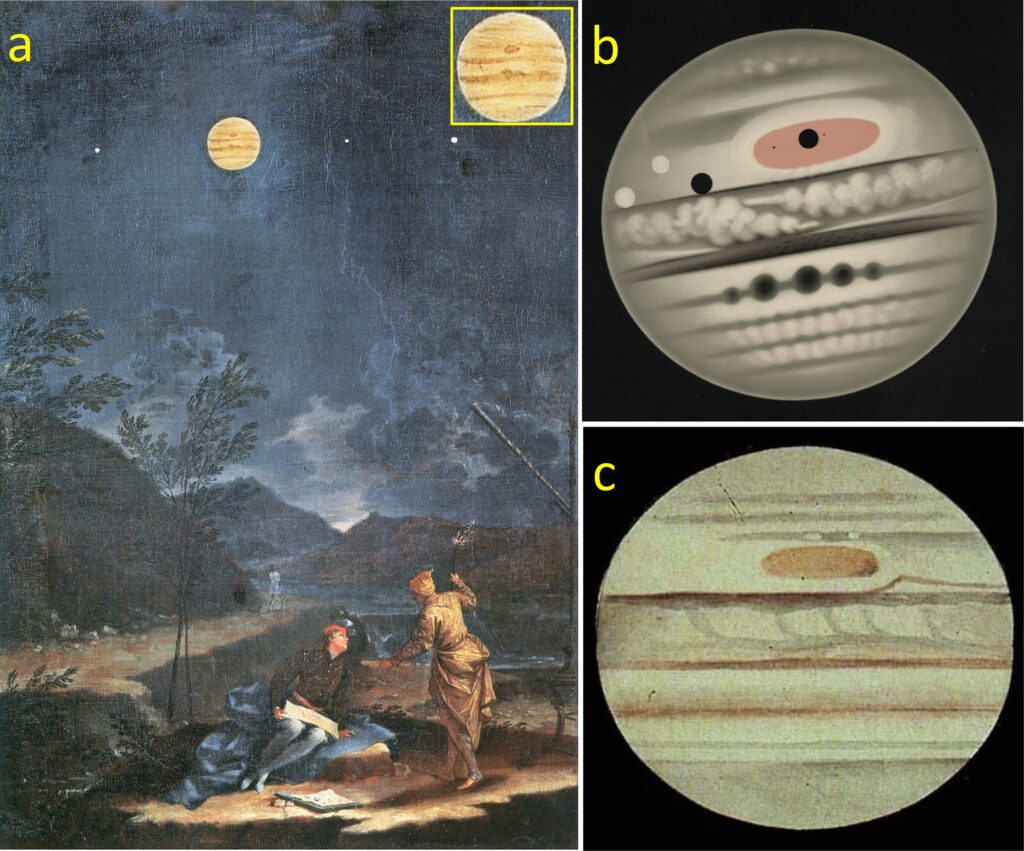
How the Great Red Spot Formed and Evolved
The Great Red Spot is the largest known planetary vortex in the solar system, spanning about 14,000 km (8,700 miles) today—significantly smaller than its recorded size of 39,000 km (24,200 miles) in 1879. Its winds reach speeds of up to 450 km/h (280 mph), and its distinctive red hue results from chemical reactions in Jupiter’s atmosphere.
The study suggests that the Great Red Spot likely formed due to instabilities in Jupiter’s powerful atmospheric winds, rather than from a single massive storm or merging vortices. Numerical simulations indicate that wind-driven instabilities may have created a long, elongated atmospheric cell, which later evolved into the compact, rapidly rotating vortex observed in the late 19th century. This process aligns with observations of other large vortices forming on Jupiter.
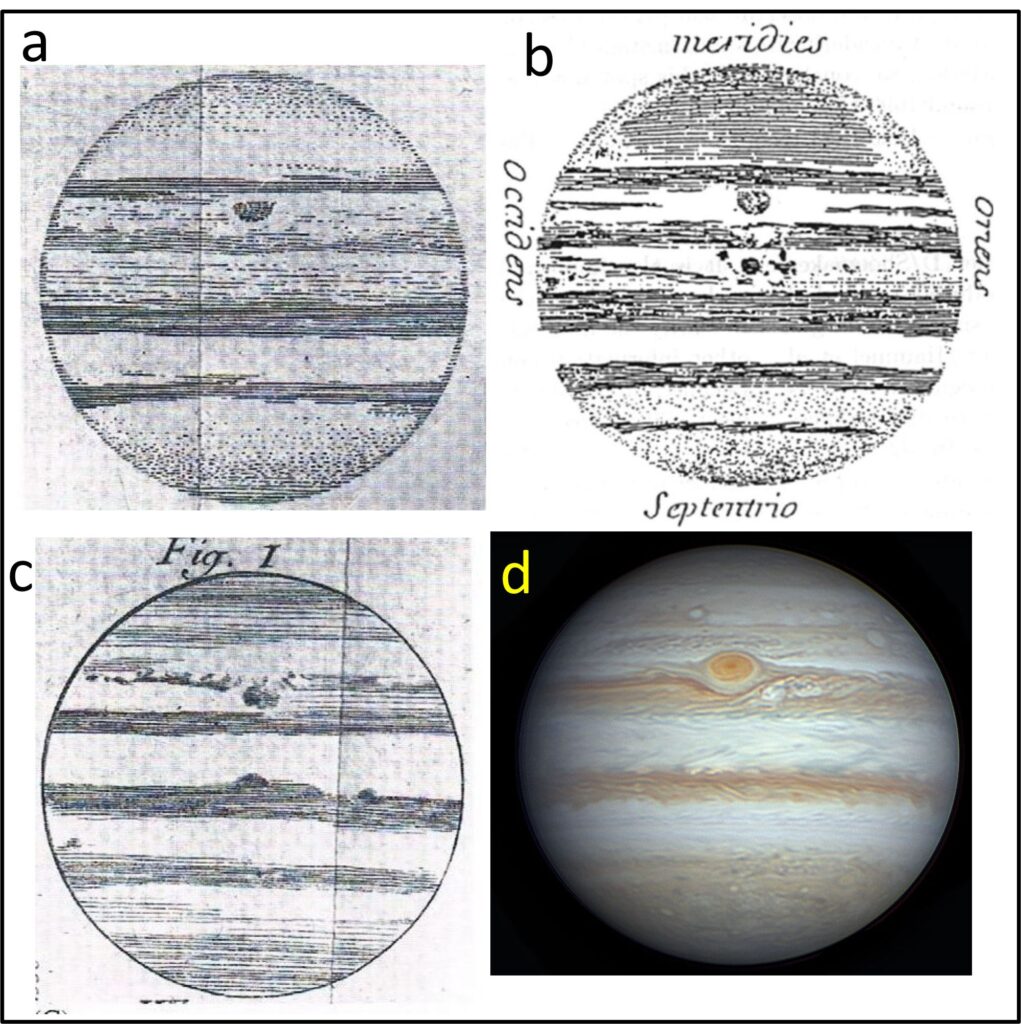
Since the 1970s, multiple space missions—including the ongoing Juno mission—have provided valuable data on the storm’s structure. Recent findings suggest the Great Red Spot is relatively shallow and thin, offering new insights into its formation and longevity. Future research will focus on whether the storm will continue shrinking until it disappears, as Cassini’s spot may have done, or if it will stabilize at a smaller size and persist for centuries to come.
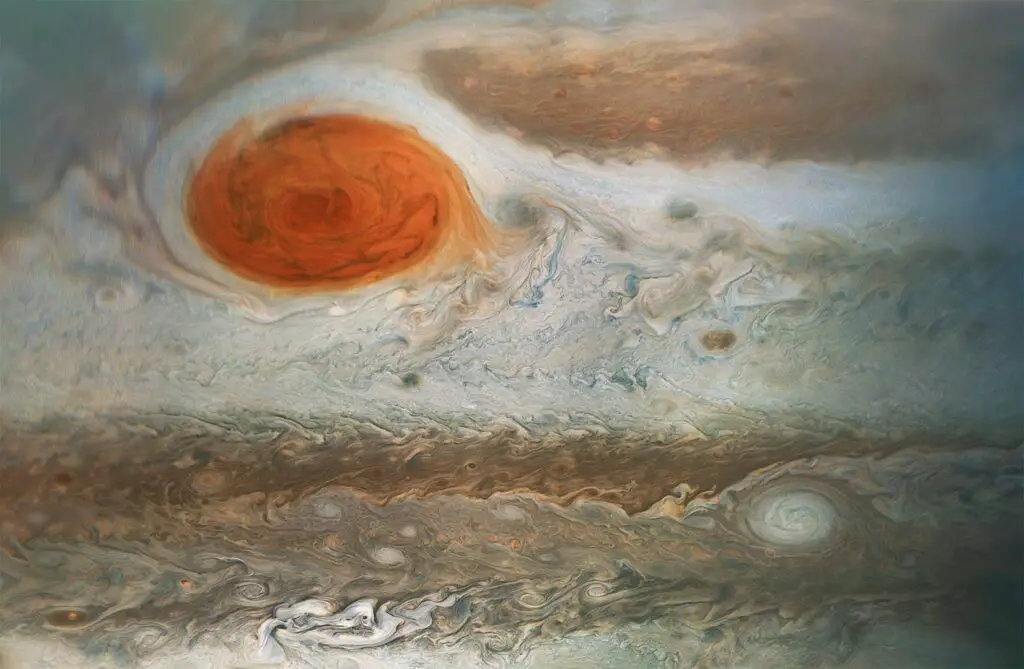
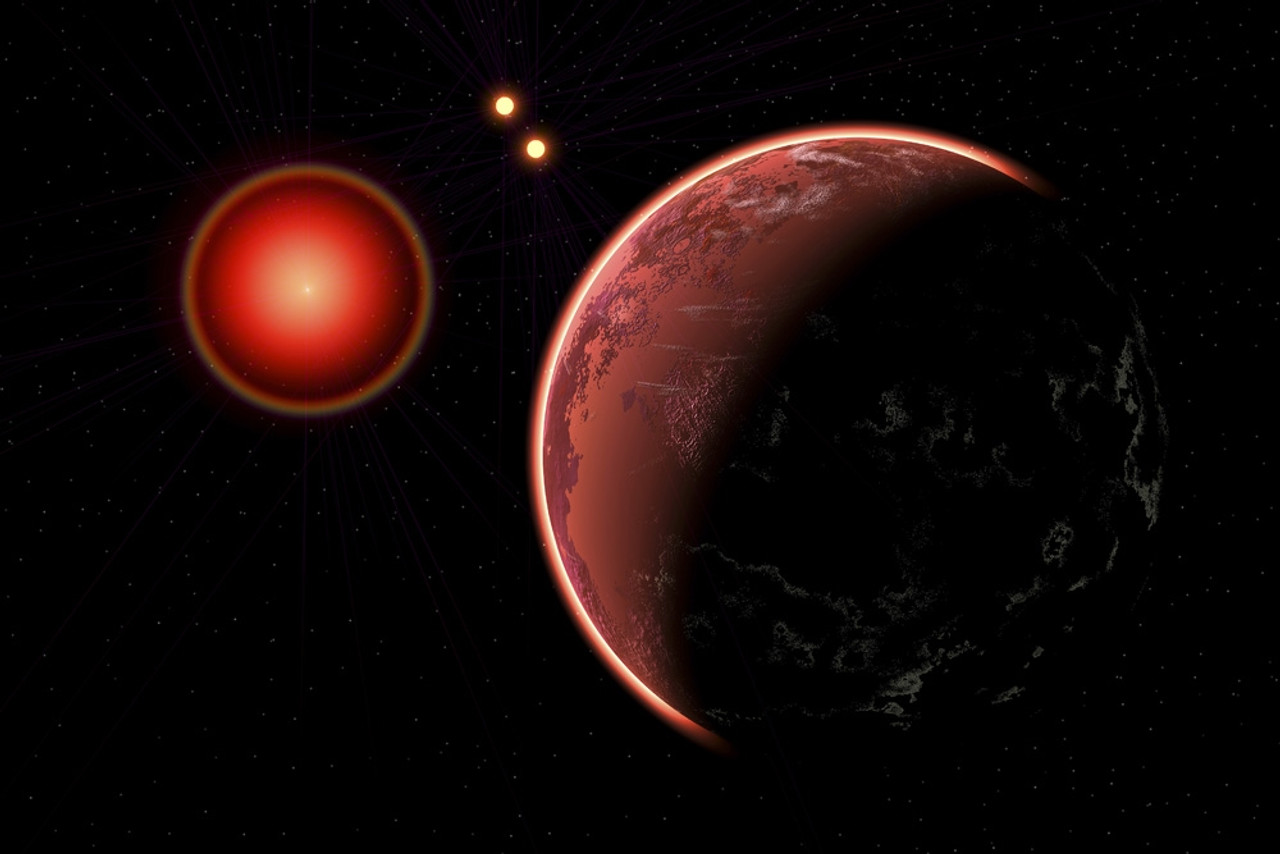
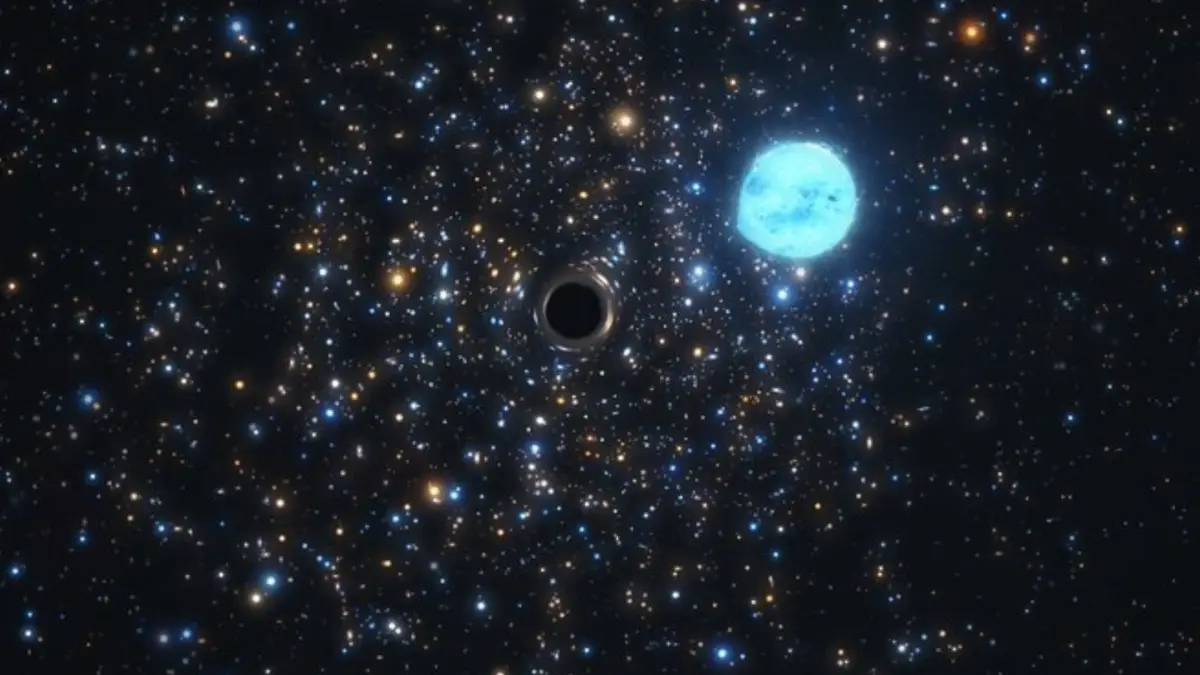
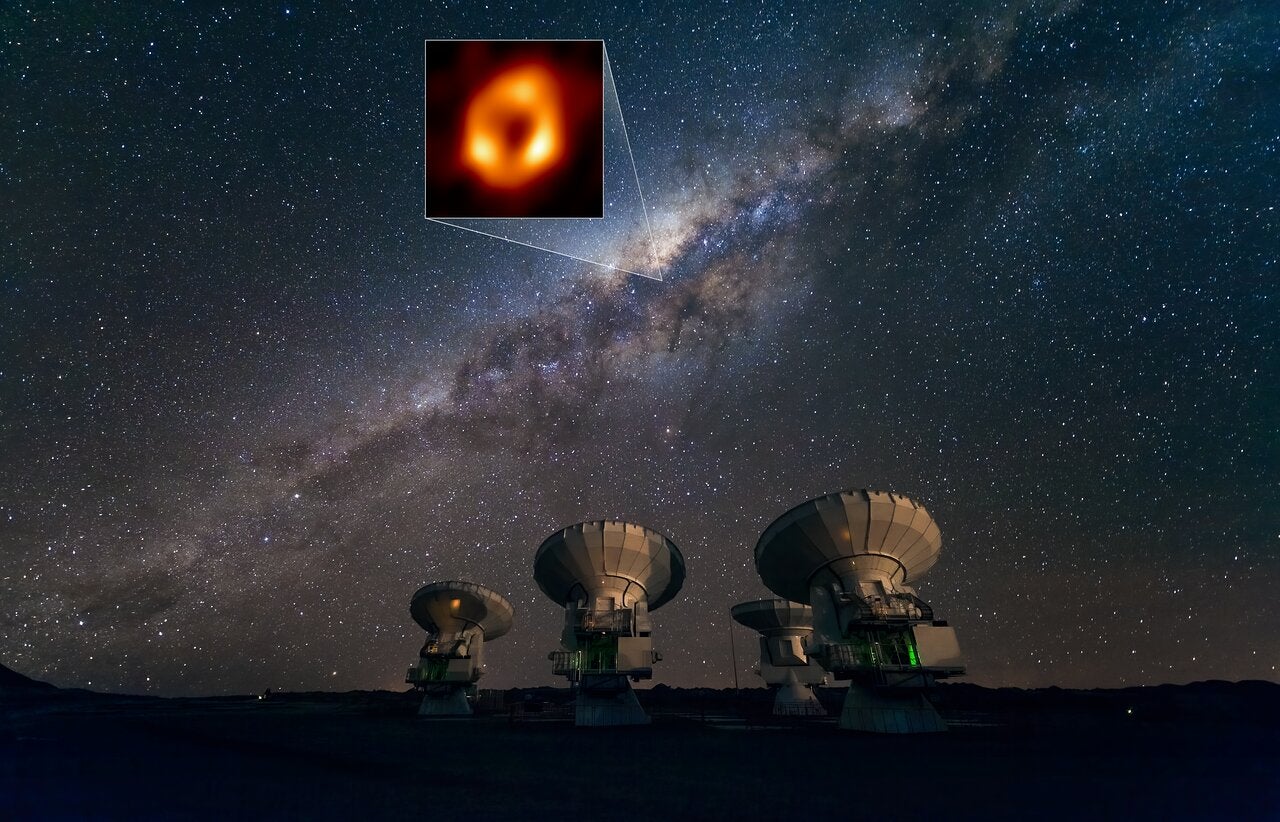

RKelpwwHv5X